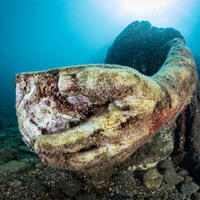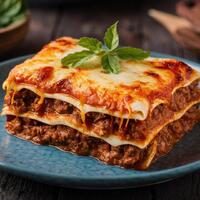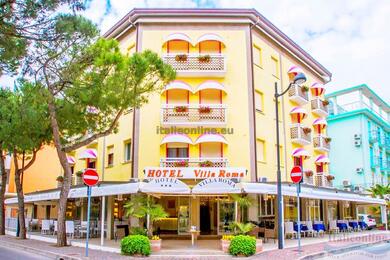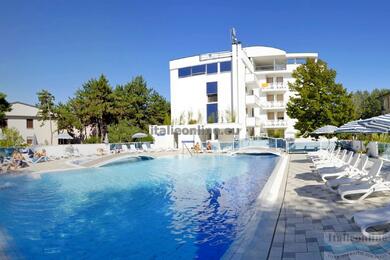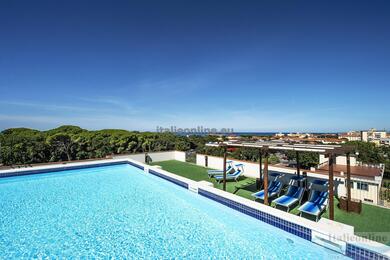Appearance
Observe the colour of the raw dough. It must be a nice amber yellow, the shade varies according to the species, but there is not much difference between one and the other. A very dark dough, or one that even turns orange, is the result of improper drying and therefore excessive starch release. Drying is a necessary process in which the dough is exposed to ventilation and a temperature of between 60 °C and 120 °C to lose water.
Attention should also be paid to any white or dark spots: the former are caused by insufficient moisture in the semolina, the latter are the result of poor removal of bran fragments during milling. The colour of good quality pasta should be essentially homogeneous.
Water after cooking pasta
If it appears a little cloudy, almost clear, it means that the pasta has lost little starch and is holding together well - it is therefore of good quality.
Cooking time
The longer the pasta is cooked, the lower its quality.
After cooking
When you drain the pasta, look carefully: how many pieces are broken and how many are stuck together? If the product is of good quality, this problem should not occur at all. However, be careful to follow the cooking instructions on the packaging. All Italians agree that pasta should be immersed in plenty of heavily salted water to cook it, in the firstthe first few moments of cooking, stir it slowly and then drain it al dente, or even earlier if you intend to mix it with the sauce.



